
Over the past couple of years, you have probably been hearing more and more about flex fuel vehicles. The term ‘flex fuel’ refers to a mixture of gasoline and methanol or ethanol – as 85 percent of the latter. Flex fuel vehicles have an internal combustion engine which is able to function with the combination of fuel types. The technology is, in fact, not all that new. It was developed in the early 1990s, and the first mass-produced vehicle to use it was the Ford Taurus way back in 1994. Fast forward to the modern day, in 2017, it was estimated that there were upwards of 21 million flex fuel vehicles on the road in the US.
In fact, beyond some fuel system and engine modifications, you are unlikely to spot obvious differences between gasoline-only model cars. Fuel flex vehicles do not experience a loss in performance when operating on what is commonly known as E85 fuel. Not only this, but some can even generate increased torque and horsepower. However, one of the main drawbacks is that they tend to get less energy per volume compared to regular gas.
Of course, before you make the decision to invest in a vehicle of this variety, you need to know exactly what it is that you are buying. So, this blog post is here to give you an overview of this type of vehicle, alongside some of the main pros and cons for you to weigh up in your mind.
What Are Ethanol and Methanol?
Along with gasoline, ethanol and methanol make up the key components of flex fuel. Ethanol is close to grain alcohol, and it burns cleaner and with less carbon monoxide emitted than gasoline. It also burns more fully, which means that there are fewer emissions. As for methanol, it is also known as wood alcohol, produced through the destructive distillation of wood. It is the less popular of the two.
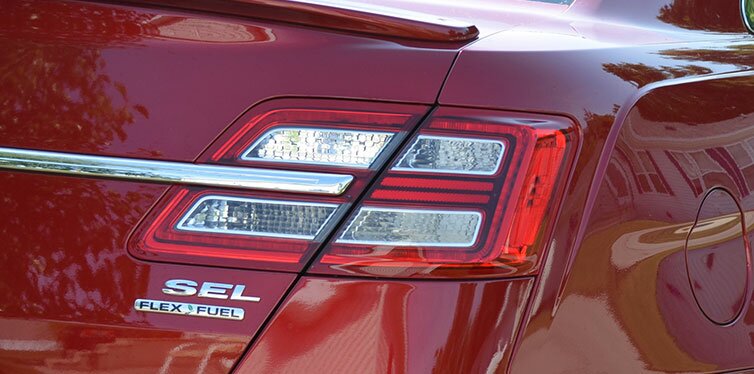
What Fuel Can Be Used in Flex Fuel Vehicles?
Flex fuel vehicles can operate on fuel which is commonly known as E85. This is a gasoline-ethanol blend, which usually contains between 51% and 85% of the former. This figure depends on where you fill up and the time of year. But flex fuel vehicles operate on regular gasoline as well. In fact, many owners don’t even realize they are driving a flex fuel vehicle. Which brings us nicely onto the next point…
Spotting a Flex Fuel Vehicle
As we already mentioned, flex fuel vehicles are not always instantly easy to spot. However, there are some common signs which you can look for. Many manufacturers started putting on yellow gas caps from 2008 (or 2006 in GM’s case). If your car has a capless fuel filler, it may have a yellow ring where you insert the fuel nozzle as an indication that it takes flex fuel. Some vehicles have labels on the fuel door, indicating the accepted fuel types. Otherwise, there may be badges around your vehicle’s body which read statements like ‘E85’ or ‘FFV’. And if all else fails, you can always go back to your trusty owner’s manual for the information that you are looking for.
Benefits of Flex Fuels
In the following section, we will look closer at some of that running a vehicle with flex fuels provide. These are the reasons which could end up swaying you to make the switch yourself.
Better for the Environment
More and more people are concerned about their environmental impact these days. And making the switch to flex fuels can be beneficially in a number of different ways. As we have already mentioned, ethanol burns cleaner than gasoline, which means that fewer toxic fumes will be pumped out into the atmosphere. Ethanol does not make a big contribution to greenhouse gases, which makes it a more preferable choice.
Advanced Technology
Many of the modern flex fuel vehicles are now built with electric sensors. These can help to make adjustments to the way your car is operating, including detecting the blend of fuel and making alterations as necessary. The combustion chamber can contain anywhere between 10 to 85 percent ethanol, and your vehicle will determine the most efficient proportions.
Sustainably Produced Oil Alternative
Unlike oil, ethanol is sustainably produced from ingredients like corn and sugarcane. This has a couple of different advantages. First, it reduces the reliance on foreign oil imports. Also, you may be eligible for tax credits, so check your municipality to see if the financial incentives are there as well. You are likely to find that you have a significant reduction – or even the elimination of your vehicle tax bill.
Downsides of Flex Fuel
Of course, it can’t all be good news. There are also some disadvantages of flex fuel which are worth knowing about before you make the decision to switch.
- Sole Crop Use
While we already talked about the production of crops for flex fuel as an advantage, the truth is that it can be a disadvantage as well. Crops which are designed for fuel production cannot be used for any other purpose. In turn, this could end up driving up the prices of animal feed, which could otherwise have been derived from them. Corn is an especially labor-intensive crop, which is also susceptible to disease, drought, and poor weather conditions.
- Possible Engine Damage
You want to look after your vehicle’s engine in the best way possible, but ethanol can corrode and damage it as it absorbs dirt more easily. This can end up corroding and damaging other parts of your care engine.
- Added Expense
Switching to a flex fuel vehicle is also likely to hit you in the pocket. Ethanol is not as economical as gasoline as it does not offer the same type of fuel efficiency. Estimates show that it could be as much as 15 percent less. You are also likely to find it harder to find suppliers, so you will have to plan your trips more carefully to ensure that you have the access to the fuel that you need.
- Gas Mileage of Flex Fuel Car
One of your main concerns regarding flex fuel vehicles is likely to be what sort of gas mileage you can expect to get. Some experts have concluded that flex fuel vehicles have a lower mileage than their regular counterparts. But others have come to different conclusions, showing similar gas mileage for ethanol. While ethanol does slightly raise the octane level of a vehicle, it contains less energy than gasoline, meaning that around 1.5 times more is needed to provide the same energy levels. In truth, raising the octane level is unlikely to provide you with significantly improved mileage.
You should take into account that ethanol costs less than gasoline, so you may not notice the expense of the reduced mileage so much. Bear in mind that ethanol is often added to fall and winter blends of regular gas to raise the octane levels of regular vehicles.
- Finding Flex Fuel
As we mentioned earlier in the post, you are likely to find it trickier to find gas stations to fill up when you have a flex fuel vehicle. Average prices are usually 40 cents or cheaper per gallon than regular gas. If you are someone who drives a lot, this could add up to significant savings. Many of the major fuel brands such as Shell and ExxonMobil carry the E85 gas that you are looking for. Otherwise, you can search online for sites which map and locate gas stations which sell this variety. The number of stations which carry E85 is increasing all the time.
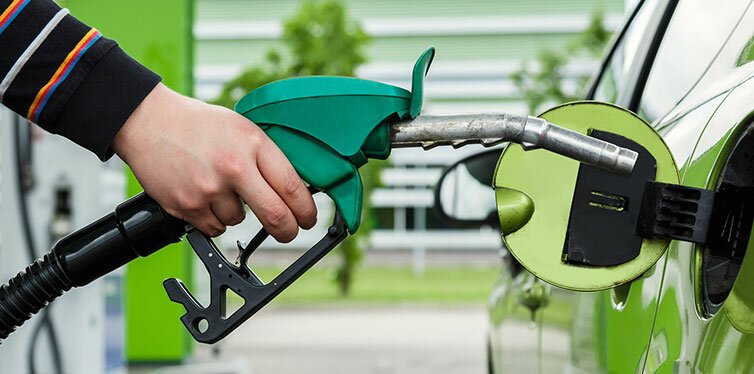
Conclusion
The debates surrounding the merits and detriments of flex fuel vehicles have not concluded just yet. In fact, they are likely to continue for some time to come. However, there is certainly a move towards ethanol as a useful and economical fuel source. It has moved on from just being another experiment to be a possible alternative fuel. More ethanol refining plants are springing up all the time. Even if you are not thinking about buying a flex fuel vehicle in the near future, it is something which is certainly worth keeping your eye on. As always in the world of cars, things are still moving at breakneck speed, and it is very difficult to predict what sort of technology will be emerging over the next few years. The benefits of flex fuel cars could prove to be significant for motoring enthusiasts.
Another alternative is that you may be already driving a flex fuel vehicle and didn’t even know about it! In which case, it is worth going back to the ‘spotting a flex fuel vehicle’ section and performing the checks. You may be able to switch to an alternative fuel source without needing to go through the expense of buying a new vehicle.
Source:
- What are flex-fuel vehicles – Fuel Freedom
- Flex-fuel Vehicles – Fuel Economy
The Best Fuel Stabilizers (Review) in 2019
Putting Wrong Fuel in Car: What You Should Do
The Best Fuel Transfer Pumps (Review) in 2019
7 Types of Tire Wear Explained
Symptoms of a Bad or Failing Fuel Filter


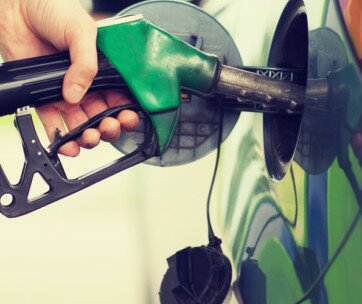
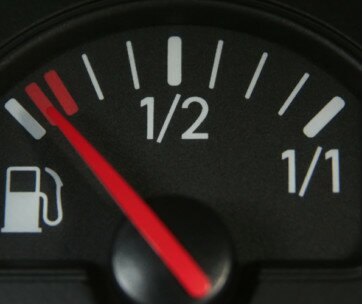

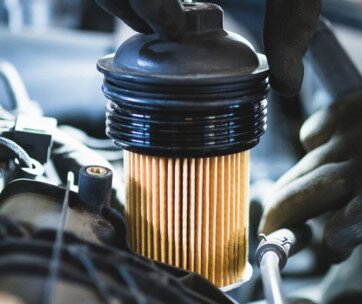

Comments